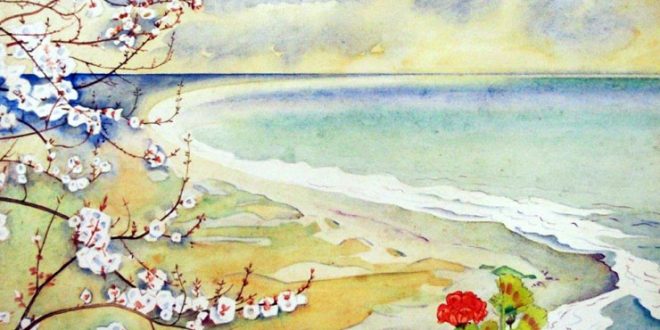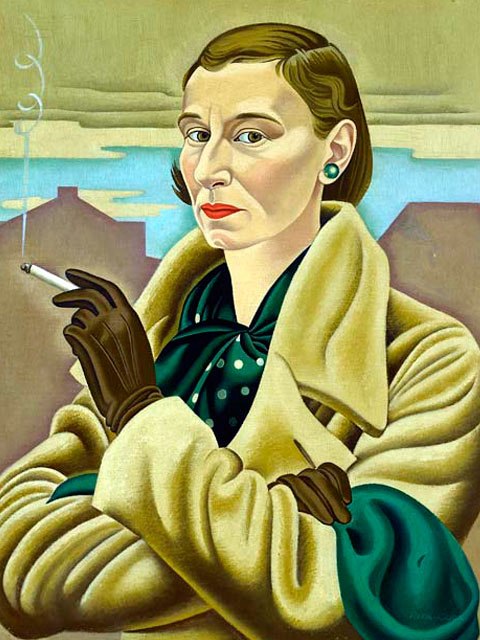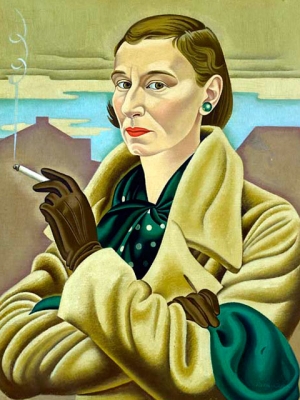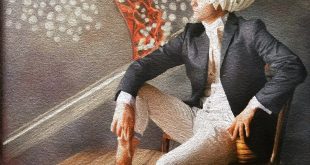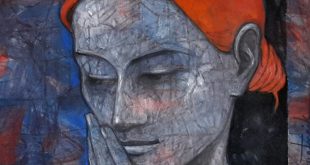Paintings clear and sharply-defined
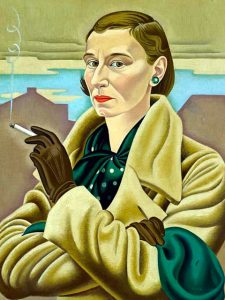 Her paintings are clear and sharply-defined. RITA ANGUS was influenced by Byzantine and cubism art, and also by the English painter Christopher Perkins. One of the most famous of 1936′ paintings is “Cass“, in which she portrayed the bare emptiness of the Canterbury landscape, using forms and unblended colours in a style remiscent of poster art. She was born in Hastings. In the early 1950s she spent time travelling around New Zealand, where she painted her “Central Otago“.
Her paintings are clear and sharply-defined. RITA ANGUS was influenced by Byzantine and cubism art, and also by the English painter Christopher Perkins. One of the most famous of 1936′ paintings is “Cass“, in which she portrayed the bare emptiness of the Canterbury landscape, using forms and unblended colours in a style remiscent of poster art. She was born in Hastings. In the early 1950s she spent time travelling around New Zealand, where she painted her “Central Otago“.
In 1927 she began a diploma in fine arts at Canterbury College School of Art. Encouraging her growing interest in Far Eastern artistic styles, touring exhibitions of East Asian art were a source of stimulus. From the 1960s, RITA ANGUS was recognised as one of the leading figures in 20th-century New Zealand art. She was sustained by her belief in her vocation. She married a fellow artist in 1930 (but separated four years later). In 1955 she moved to Wellington, and “Island Bay” is one such iconic Wellington painting.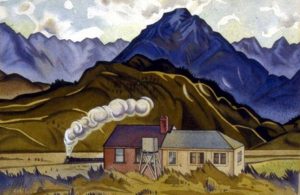
During the 1930s and 1940s, RITA ANGUS began exhibiting with the Canterbury Society of Arts. Due in part to her inclusion in national touring exhibitions organised by the Auckland City Art Gallery), interest in her work grew from the late 1950s. After a short period teaching art in Napier, she lived in Christchurch. She entered Sunnyside Mental Hospital and she moved to Wellington in 1955. She continued painting until shortly before her death. In Wellington, at the Museum Te Papa Tongarewa http://collections.tepapa.govt.nz/party.aspx?irn=74 you can find works, overview and related information about Rita Angus.
The intellectual property of the images that appear in this blog correspond to their authors. The sole purpose of this site, is to spread the knowledge of these artists and that other people enjoy their works.
 Meeting Benches World art in all forms
Meeting Benches World art in all forms
